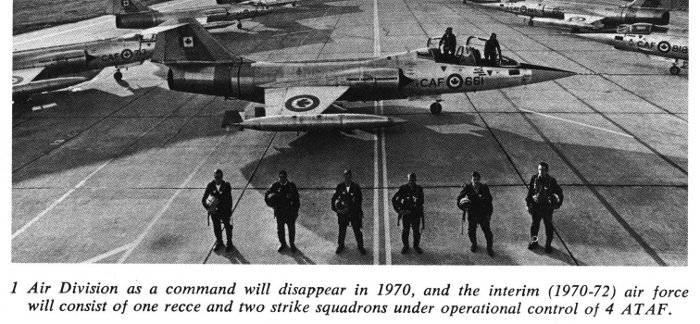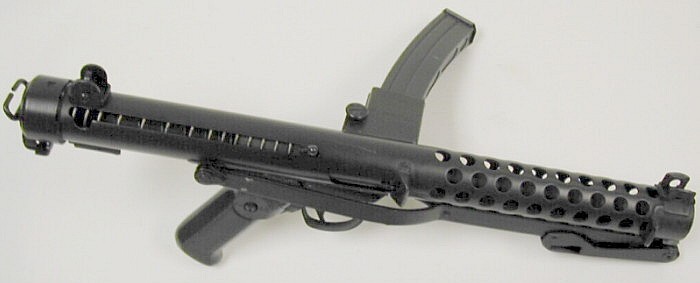HMCS Niobe Courts Martial, Nov 1911, Day 2
Topic: RCN
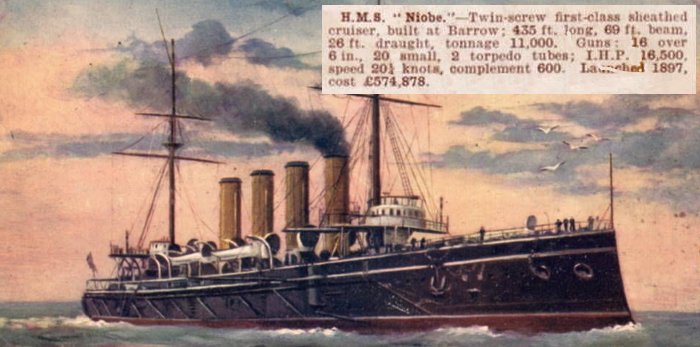
HMCS Niobe Grounding and Court Martial;
Part 3: The Courts Martial, Day 2 of 3, Nov 1911
With the first day of trials concluded, and the Officer of the Day, Lieut. Lord Allister Graham, having received a reprmand, the court martial contines its second day. On this day the navigating officer, Lieut. White, presents his defence.
The Montreal Gazette, 18 November, 1911
Navigator is Found Guilty
Lieut. White Suffered, Through Negligence, the Niobe to Strand.
Dismissed from the Ship.
Commander Macdonald Placed on Trial Following the Judgment.
Halifax, N.S., November 17.—Lieut. Charles White, navigating officer on board H.M.C.S. Niobe, was found guilty by court-martial here at noon today of suffering, through negligence, the Niobe to strand on the treacherous ledges off Cape Sable on July 30 last, and, in spite of a high tribute paid him by his commander, and his previous good record, he was severely reprimanded and dismissed from the ship.
The finding of the court came as a surprise to most of those who had followed the intricate case. It was felt by some that Lieut. White had made out a much better case than did Lord Allister Graham, who faced the same charge and got off with a reprimand. It had been clearly shown that Lieut. White had been overworked previous to the stranding. The night of the 29th he had gone to his room for a much needed rest, leaving word with the officer of the watch to be called when the Cape Sable lights were sighted and if he had known, he said, that the officer of the watch would not call him should the Cape Sable light, when within reasonable range, not be sighted, he would not have left the bridge.
Moreover, according to Lieut. White's reasoning, and his reasoning was borne out by the evidence of his witnesses, the stranding was due either to an abnormal tide, which it was impossible to foresee, or to an uncharted rock, the existence of which rocks having been amply proven by the grounding of H.M.S. Cornwall. Lieut. White also maintained he had not been informed of the facts as he should have been. In spite of all this, however, he was adjudged guilty and sentences as stated.
Lieut. White divided his defence into five points as follows:
1. To prove that in the passage from Yarmouth to Shelburne, it was absolutely necessary to make the outlying bouy.
2. That in shaping the course S 74, E, I allowed for tides estimated to the best of my ability, using the information contained in the chart set supplied by the Hydrographic Department of the Admiralty at London and Ottawa.
3. That before I left the bridge, at 10 p.m. on the 29th of July, I turned over an exact position of the ship to the officer of the watch, and saw the ship steady on her course.
4. That at 10. p.m., the time I left the bridge, the weather was fine, the Blonde Rock bouy and Seal Island light were in sight, and consequently I was entitled to leave the bridge for a couple hours, leaving the officers of the watch in charge, as the state of affairs at that time was absolutely normal.
5. That when there is any doubt as to the ship's position I invariably remain on the bridge until the exact position is found, keeping the Thompson sounding machine going until this position is found.
Lieut. White then dealt with each of his points in turn, elaborating on them with great care and attention.
"The Niobe went ashore and someone had to suffer for it," said Lieut. White, shortly after the sentence had been pronounced.
He declined, however, to comment further on the decision. The fact, however, that Lieut. White was convicted of suffering the Niobe to be stranded does not necessarily mean that the court considered that he had mapped out a wrong course for the Niobe. It may only mean that the court felt that Lieut. White should have been on deck at certain times when he wasn't there. The court makes no comment on its decision. There is no appeal from its findings.
The evidence is sent, however, to the judge advocate of the fleet in London, who examines it thoroughly. If he finds anything irregular or illegal in the proceedings, he quashes the whole case and it cannot be reopened.
Two years ago the British Admiralty found that there were more senior Lieutenants than there were ships for them, and invited resignations. Lieut. White was one of several who took advantage of the opportunity to retire. Almost immediately he applied to the Canadian Government for the berth on the Niobe and was readily accepted, as he was highly regarded as a navigator. He has a two years' contract with the Canadian Government, but just what will transpire now no-one seems to know. The sentence of the court went into effect immediately after it was pronounced, but Lieut. White is still on the ship and will remain a few days.
It is possible that the Canadian Government will see fit to appoint him to another position at once. It could even reinstate him as navigating officer on the Niobe, but it is scarcely likely that such a step will be taken. Until he secures another position Lieut. White remains on half pay. He is not a man of independent means. Lieut. White took his medicine with good grace, although feeling keenly the humiliation it meant to him. He is extremely popular with both the officers and men on board the Niobe and all feel deeply for him in his misfortune.
His wife and two children reside in Halifax. He is about 24 years old.
There was the utmost stillness in the little court room as the judge advocate arose to pronounce the sentence. All the witnesses in the case were there, as well as the newspaper writers, court officers, etc., and when the sentence had been pronounced there wasn't a man present who didn't feel sorry for the young Lieutenant. "But," as one of his fellow officers put it, "it might have been worse."
Lieut. White asked Commander Macdonald to make statement as to his character as navigating officer on the Niobe.
"Up to the night in question," said Commander Macdonald, "I have had the highest opinion of you as a navigating officer. You have always been most careful, conscientious and exact, and I have complete confidence in you as a navigating officer. I also consider you an excellent pilot."
Immediately on the close of Lieut. White's case Commander Macdonald was placed on trial by the same court-martial. He, too, is charged with negligence or by default stranding or suffering to be stranded the cruiser Niobe on July 30 last.
Captain Macdonald has as his advisor Commander martin of the Dick Yards. At 12.45 the court adjourned, and it wasn't until the court reassembled in the afternoon that the examination of witnesses was begun. The witnesses so far examined in this case are the same as in the two previous cases, and little that is new or important has developed. At 6.45 court adjourned until 9.30 tomorrow morning. Commander Macdonald's case is somewhat more thorough than the others, and will likely last all day tomorrow.
The Toronto Globe, 18 Nov 1911
The Toronto Globe headlines for this story (18 Nov 1911), although presented in a shortened length, were:
Niobe Officer is Dismissed
Sentence Meted Out to Lieut. White a Surprise,
Following Previous Light Penalty—
Officer Overworked.
Posted by regimentalrogue
at 12:01 AM EST


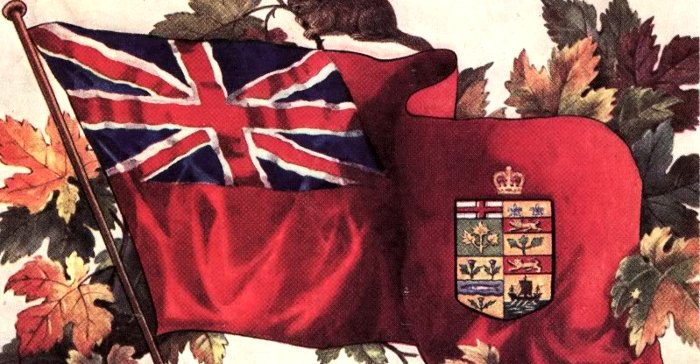
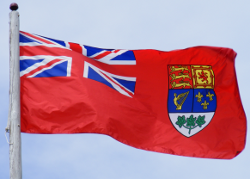


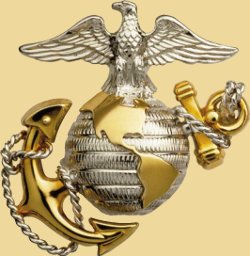



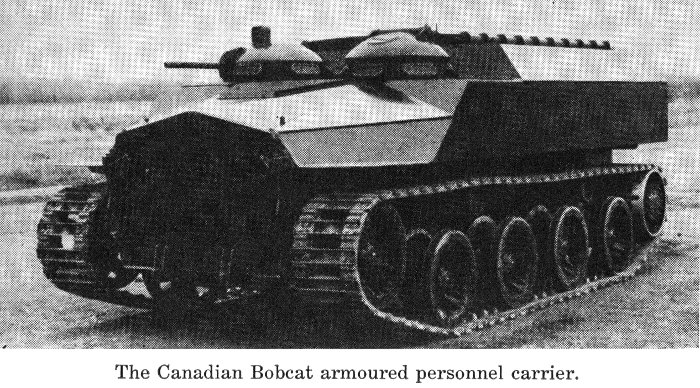
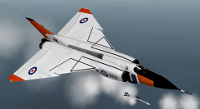 The Bobcat is to the Army what the
The Bobcat is to the Army what the 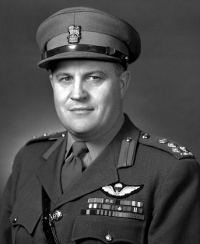 In the words of
In the words of 

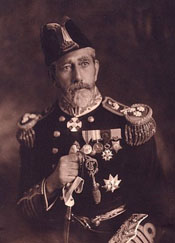
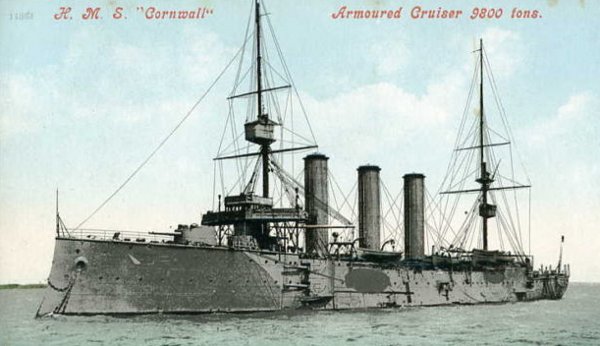


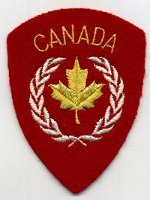 These were the events the army listed:
These were the events the army listed: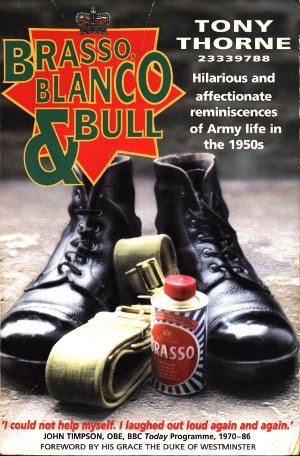
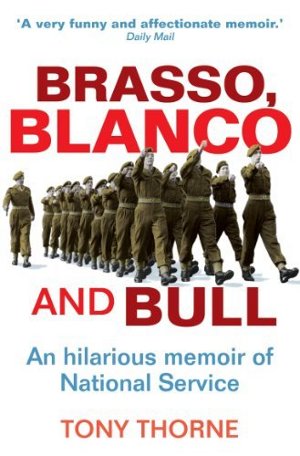

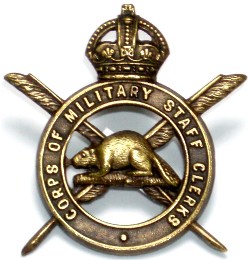 Corps of Military Staff Clerks
Corps of Military Staff Clerks

 Mobile Force Badge (1966)
Mobile Force Badge (1966)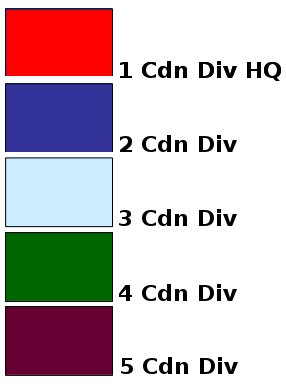 On 9 Jul, 2013, the Canadian Minister of National Defence announced that the Canadian Army would return to an organization based on "Divisions," to be accomplished by renaming the existing Area commands as follows:
On 9 Jul, 2013, the Canadian Minister of National Defence announced that the Canadian Army would return to an organization based on "Divisions," to be accomplished by renaming the existing Area commands as follows: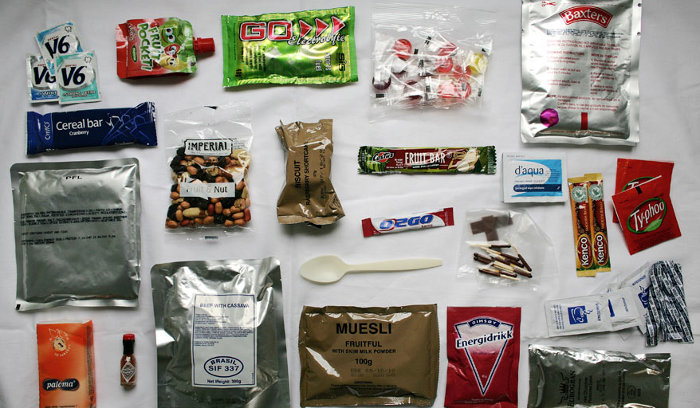
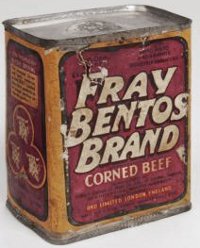

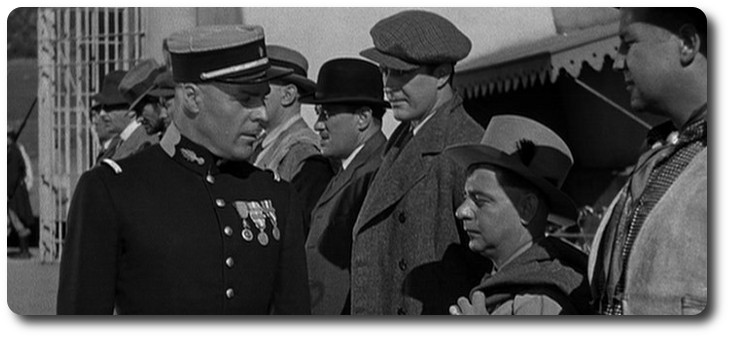
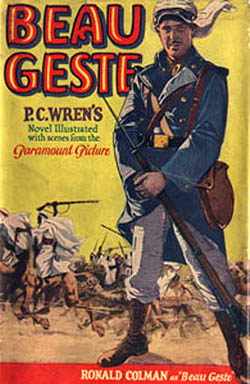 Beau Geste, Percival Christopher Wren, 1927
Beau Geste, Percival Christopher Wren, 1927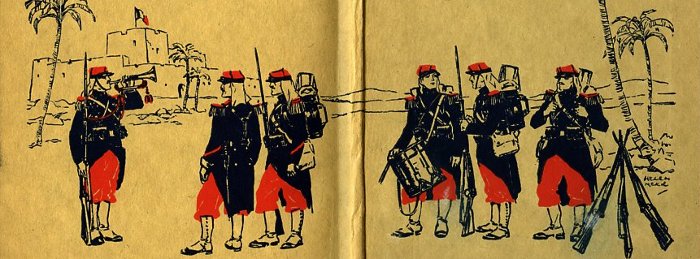
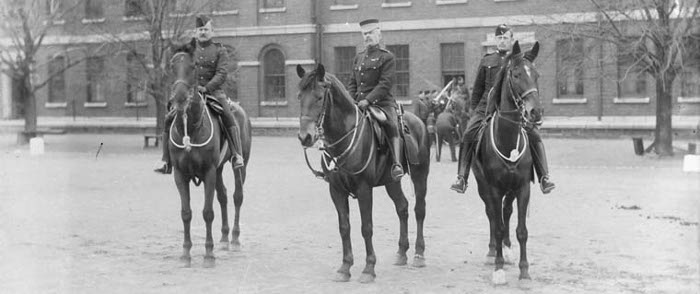
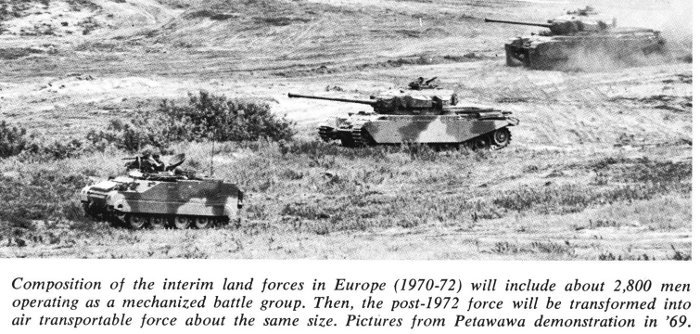
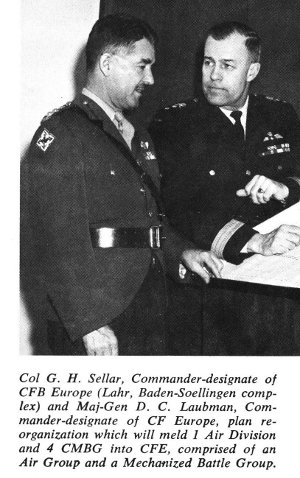 No wonder that personnel of the armed forces in Europe are confused about pending and future changes. Even
No wonder that personnel of the armed forces in Europe are confused about pending and future changes. Even 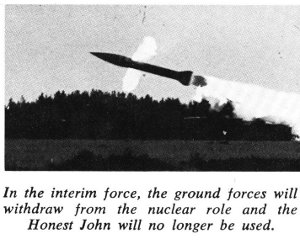 Plan Opposed
Plan Opposed